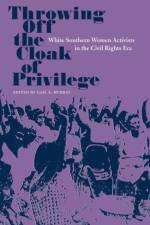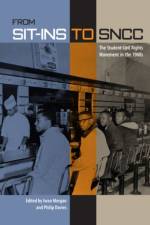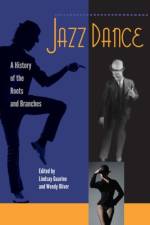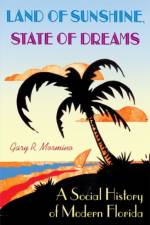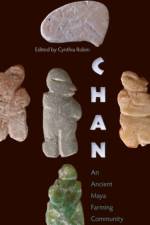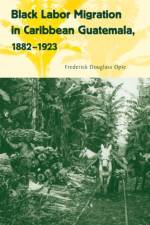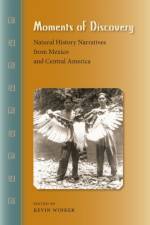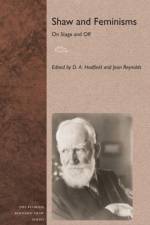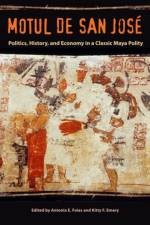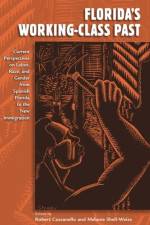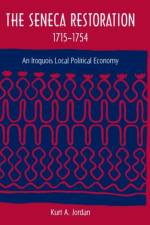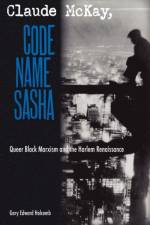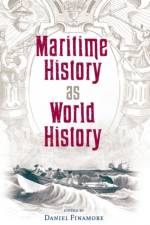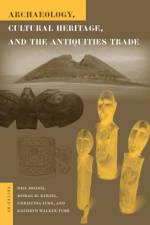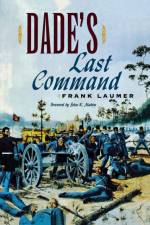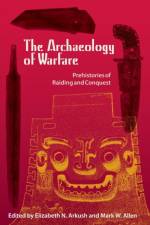- Civil War Letters of the Bryant-Stephens Families of North Florida
av Arch Fredric Blakey
459
"This is a rare volume indeed."--Southern Living "A must read for anyone with a penchant for the Civil War, in particular, but more so for its people--those who loved, laughed and cried, who married, fought and died. A family's intimate thoughts have become a record of the era--the diction, the lifestyles, the morality and even the prejudice of the times."--Florida Living "The lives of Winston Stephens and his wife Octavia Bryant unfold in their letters and those written by Octavia's mother, brothers, and father. Her father remained loyal to the Union, while his two sons and his son-in-law fought for the Confederacy. Jacksonville, then a small town in northeast Florida, was protected by a small state militia. Union boats prowled the region with little risk. Battles were small and casualties light. The concerns of running a plantation, directing slaves, and escaping bankruptcy and ruin were as significant as the war itself."--Choice "The reader is riveted to this story by the literary affair between Winston and Tivie, a correspondence both tempestuous and sensuous."--Journal of Southern History "Rich with information about courtship, marriage, white attitudes toward slavery, extended kin ties, gender relations, family economics, and child rearing."--North Carolina Historical Review "Offers a vivid 'picture of what most people in the Confederacy experienced, how they coped with the daily challenges unleashed by the war, and especially what it was like for women of the home front.' . . . A substantial contribution."--Georgia Historical Quarterly "A true gem. . . . The writers are thoughtful and erudite, and what emerges is an engrossing portrait of antebellum north Florida, with its frontier life, kinship dynamics, slavery, agriculture, and the dislocation and hardship caused by the Civil War."--Florida Historical Quarterly "Just about everyone will be the richer for reading these letters, perusing ably-done maps and imagining the real people captured by prose and portrait in the Rose Cottage Chronicles."--Civil War Courier Arch Fredric Blakey, retired military historian, has written several books and numerous articles on the Civil War and Florida history, including General John H. Winder, C.S.A. Ann Smith Lainhart, a descendant of the Bryant-Stephens families, is a professional genealogist. Winston Bryant Stephens Jr., now deceased, was also a descendant of the Bryant-Stephens families.


